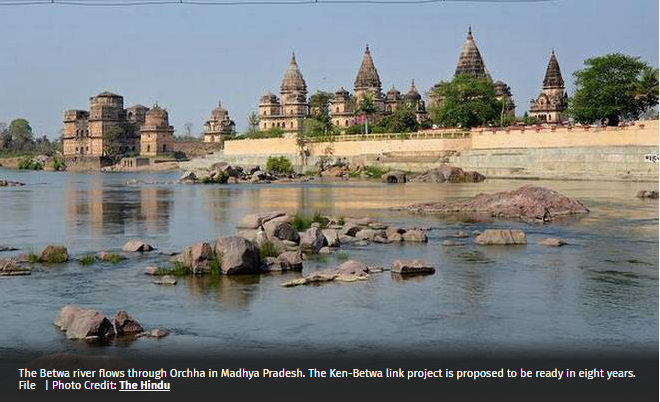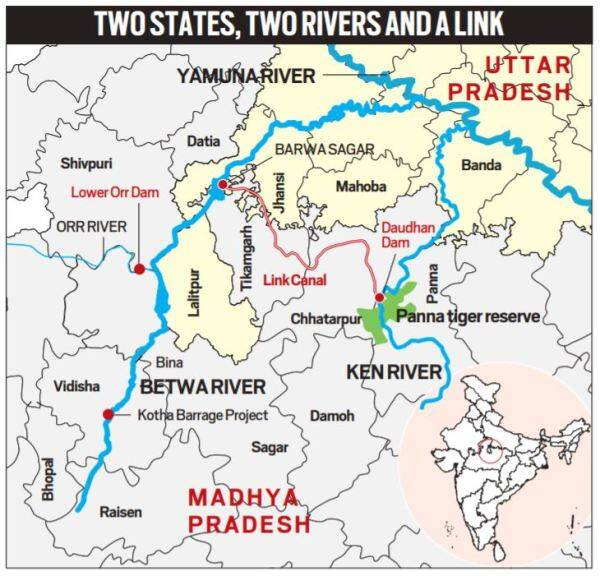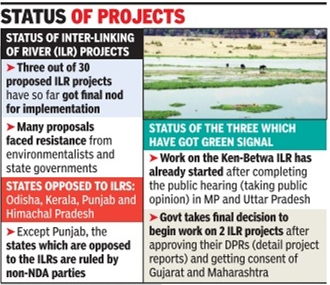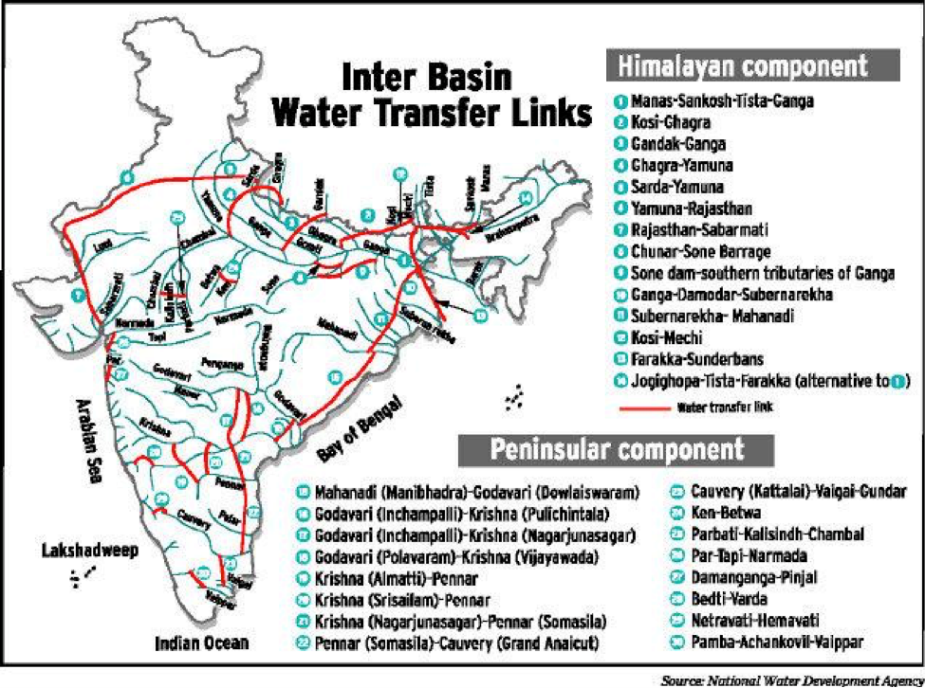Free Courses Sale ends Soon, Get It Now


Free Courses Sale ends Soon, Get It Now



Figure 1: No Copyright Infringement Intended
Since the 1980s, the interlinking project has been managed by India’s National Water Development Agency (NWDA) under the Ministry of Water Resources.



© 2024 iasgyan. All right reserved